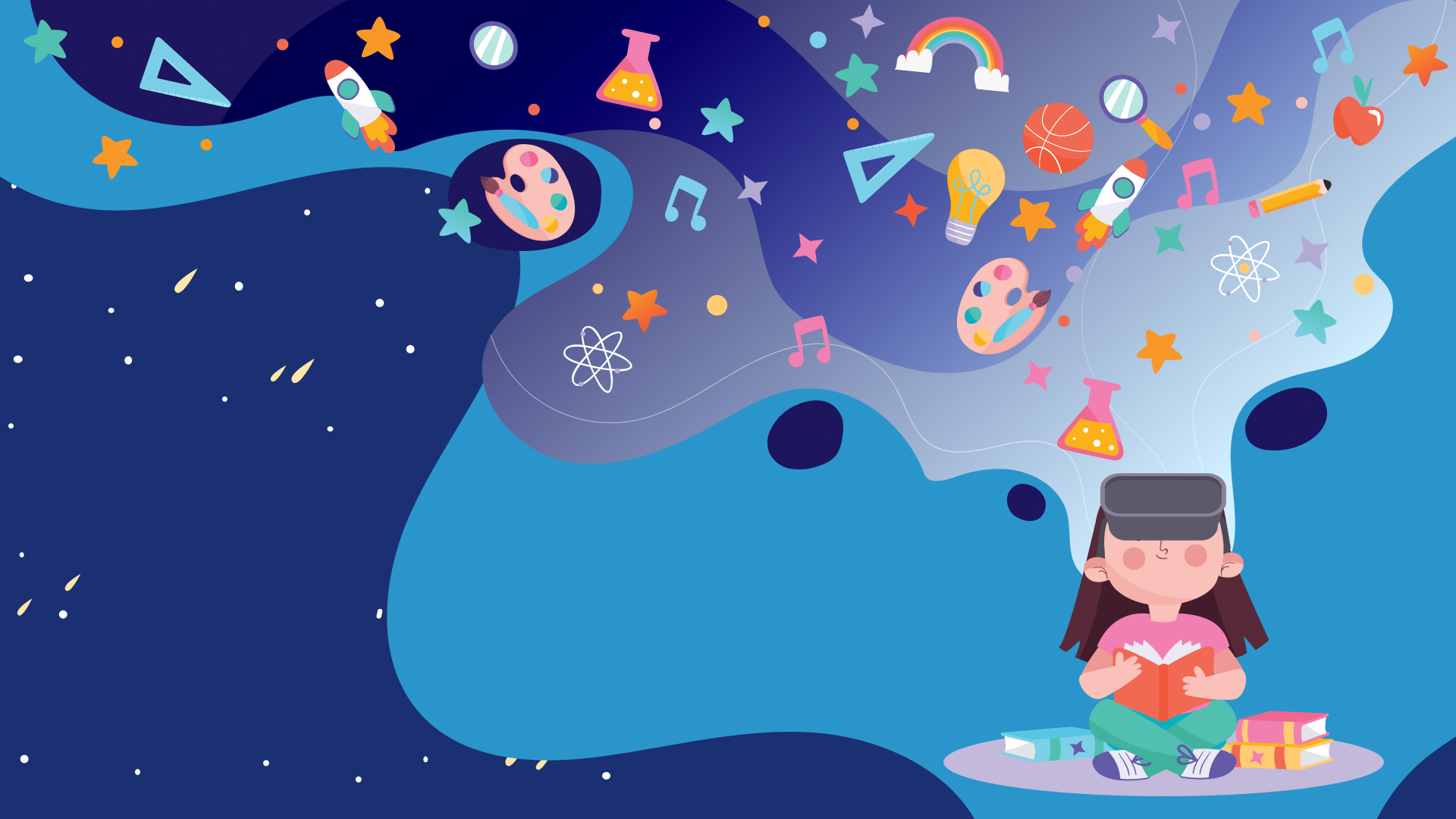There are no items in your cart
Add More
Add More
| Item Details | Price | ||
|---|---|---|---|
Vitual reality is a modern technology that shuts users from the real world and lets them get immersed in an artificial or virtual environment. The remarkable benefits of virtual reality make it one of the most popular technologies in education. While the technology is still new in the domain, some progressive schools have already started making most of it. Here are 5 ways virtual reality is contributing to education.
The average attention span of human beings has reduced from 12 seconds in 2000 to 8 seconds in 2018. With decreasing attention spans, it becomes more challenging for learners to concentrate and stay focused. Since the modern world is filled with more distractions than ever, it is essential to use a tool that lets learners focus on what is being taught. Hence, this is when technologies like virtual reality come into play. One of the most remarkable benefits of implementing virtual reality in education is that it eliminates all distractions. This way, students can concentrate on the subject matters and concepts without any difficulty.
Virtual reality in education emphasizes experiential learning that is defined as "learning through reflection on doing". Hence, the students are actively involved in the process of learning by getting hands-on experience. Experiential learning through virtual reality differs from traditional teaching methods such as didactic or rote learning. The notable features, such as 3D simulations and virtual labs help students engage in experiential learning through virtual reality.
Field trips are essential for connecting learners to real world, but organizing such trips now and then isn't feasible for schools. Virtual reality helps schools and teachers let students experience the real world with the help of virtual animations, and simulations. It doesn't matter what the location is; it takes just a few seconds to virtually deport students to that place. Hence, schools can save a lot of time as well as cost spent on organizing field strips. Some progressive schools are already implementing virtual reality for organizing field trips. Google Expeditions is a popular application that allows learners to virtually visit places and landmarks such as Machu Picchu to under the sea.
Virtual reality is well received by modern learners. Hence, it helps improve peer-to-peer collaboration. In addition to knowledge construction, virtual reality in education enhances teacher-student collaboration as well. The exciting animations and simulations further keep students intrigued throughout the session. Also, learners stay motivated to learn as it doesn't feel like a burden to them.
Modern technologies such as virtual reality are an effective way to help specially-abled students break the boundaries of space and time to learn in a way like never before. Various applications and headsets are specifically designed to help students with autism, and speech defects to speak fluently with language immersion. The process of learning with virtual reality helps to spark students' imagination and provides them with a highly stimulating environment. Also, specific meditative virtual reality applications provide a calming effect on students with some form of autism.
Bring your gang here to have fun and learn your textbooks.
Watch Video
